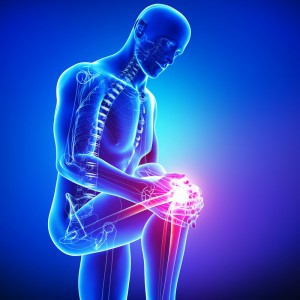If you have knee pain or discomfort, how does the knee surgeon determine the cause and treatment plans? There different ways a knee surgeon can ascertain the different ailments that affect the knee and they are discussed below. This will give you an idea of how diagnoses are made.
Background & Physical
One of the first tools any good knee surgeon has at their command is the ability to communicate effectively with their patients to ascertain certain genetic conditions or current symptoms. Followed by a probing physical of the joint can reveal a lot to an experienced and train orthopedic knee specialist. This process will help the surgeon determine the next steps of diagnosis.
Arthrography
It is the imaging technique used with either an indirect or direct method. A contrast material is either injected directly into the joint or into the blood stream. A special form of x-ray then captures images revealing the contrast in the joints between the injected material and various parts of the knee. This procedure is especially effective for diagnosing injury or disease affecting tendons, ligaments or cartilage.
Knee Arthroscopy
This is used both as a diagnostic and repair outpatient surgery. Two small incisions are made into the knee to enable the insertion of the arthroscopy device that includes an imbedded camera. This allows an internal diagnostic view of the knee on an overhead monitor. The knee surgeon at this point can then determine possible problems such as tears, excess material or reconstructing ligaments. Small repairs can be made with this procedure or the removal of damaged cartilage or fluid obstructing the joint.
Knee MRI
Is a full diagnostic imaging technology that provides the doctor with detailed images of all the structures within the knee joint including bones, tendons, ligaments, cartilage, blood vessels and muscles. This imaging can be provided from multiple angles providing a complete picture of the entire join. This procedure is also non-invasive using resonance imaging and not radiation as in x-rays.
Ultrasound of Musculoskeletal System
Another option for diagnosis is the use of ultrasound technology which provides a non-invasive procedure for taking images of all soft tissues of the body but excludes bone. It can detect muscles, tendons, ligaments, cartilage, joints and other soft tissues of the body. Ultrasound is done in real time allowing visual inspection of blood flow and other moving parts. Images can also be captured for future reference.
X-rays
The least diagnostic for joints is the use of x-rays, because they generally can only view issues in bone matter. However, most surgeons order x-rays in order to rule out fractures as a cause of the current symptoms. X-rays most often are also the first form of diagnostic testing after a consultation and progress to the other testing methods once bone disease or fracture is ruled out.
Many knee joint problems have overlapping symptoms so a variety of tests may need to be completed to ascertain direct problems. A good knee surgeon will be able to asses and properly diagnose most issues within a couple testing procedures.
